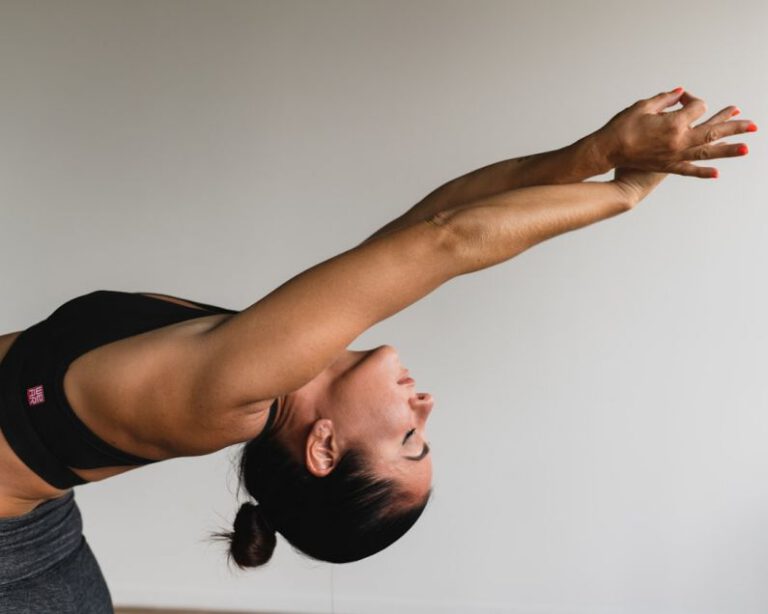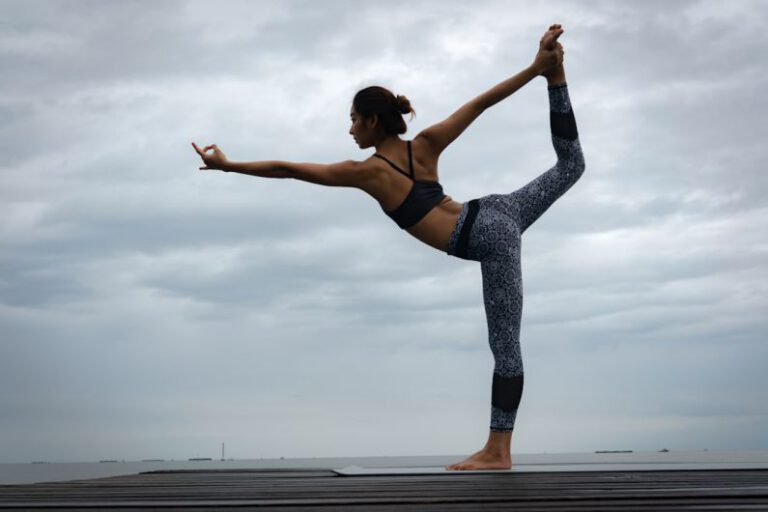Improving Flexibility with Yoga for Beginners
Yoga is a practice that has been around for centuries, offering a multitude of physical and mental benefits to those who engage in it. One of the key aspects of yoga is its ability to improve flexibility, making it an ideal choice for beginners looking to enhance their range of motion and overall well-being. By incorporating yoga into your routine, you can gradually increase your flexibility, leading to improved posture, reduced risk of injury, and a greater sense of physical and mental relaxation.
Understanding the Importance of Flexibility
Flexibility is a crucial component of overall fitness and health. It refers to the ability of your muscles and joints to move through their full range of motion without restriction. Improved flexibility can enhance your performance in various physical activities, prevent muscle imbalances, and reduce the likelihood of injuries. With regular yoga practice, beginners can gradually increase their flexibility by targeting different muscle groups and stretching them in a controlled and mindful manner.
Starting Slow and Building Consistency
For beginners, it is essential to start slow and build consistency when incorporating yoga into their routine to improve flexibility. Avoid pushing yourself too hard or attempting advanced poses right from the beginning. Instead, focus on basic yoga poses that target major muscle groups such as the hamstrings, hips, shoulders, and spine. By practicing these poses regularly and gradually increasing the intensity and duration of your sessions, you can safely improve your flexibility over time.
Key Yoga Poses for Flexibility
1. Downward-Facing Dog (Adho Mukha Svanasana): This classic yoga pose stretches the entire back of the body, including the hamstrings, calves, shoulders, and spine. It also helps to lengthen the spine and improve posture.
2. Forward Fold (Uttanasana): Forward fold stretches the hamstrings and lower back while calming the mind and relieving stress. It is an excellent pose for increasing flexibility in the posterior chain of muscles.
3. Pigeon Pose (Eka Pada Rajakapotasana): Pigeon pose targets the hips and groin, helping to release tension and improve flexibility in these areas. It also opens up the chest and shoulders, promoting better posture.
4. Cobra Pose (Bhujangasana): Cobra pose strengthens the back muscles while stretching the chest, shoulders, and abdomen. It is beneficial for improving spinal flexibility and relieving tension in the upper body.
5. Child’s Pose (Balasana): Child’s pose is a gentle stretch that relaxes the back, hips, and thighs. It is a restorative pose that can be used to release tension and improve flexibility in the lower back and hips.
Incorporating Breath Awareness
Breath awareness is a fundamental aspect of yoga practice that can enhance the benefits of improving flexibility. By focusing on your breath while moving through yoga poses, you can deepen your stretches, increase relaxation, and cultivate mindfulness. Pay attention to your inhales and exhales, allowing your breath to guide the movement of your body and facilitate a deeper connection between the mind and body.
Maintaining Patience and Persistence
Improving flexibility with yoga for beginners is a gradual process that requires patience and persistence. It is essential to listen to your body, respect its limits, and avoid pushing yourself beyond what feels comfortable. Consistent practice, even for a few minutes each day, can lead to significant improvements in flexibility over time. Remember that progress may be slow, but with dedication and perseverance, you can gradually increase your range of motion and experience the physical and mental benefits of a more flexible body.
Embracing the Journey to Flexibility
As you embark on your yoga journey to improve flexibility as a beginner, remember that it is not about achieving perfection in poses but rather about honoring and exploring your body’s capabilities. Embrace the process of self-discovery, self-acceptance, and self-care that yoga offers. Celebrate the small victories along the way, and enjoy the feeling of increased flexibility, strength, and balance that comes with regular practice. By committing to your yoga practice with an open mind and heart, you can transform not only your body but also your overall well-being.






